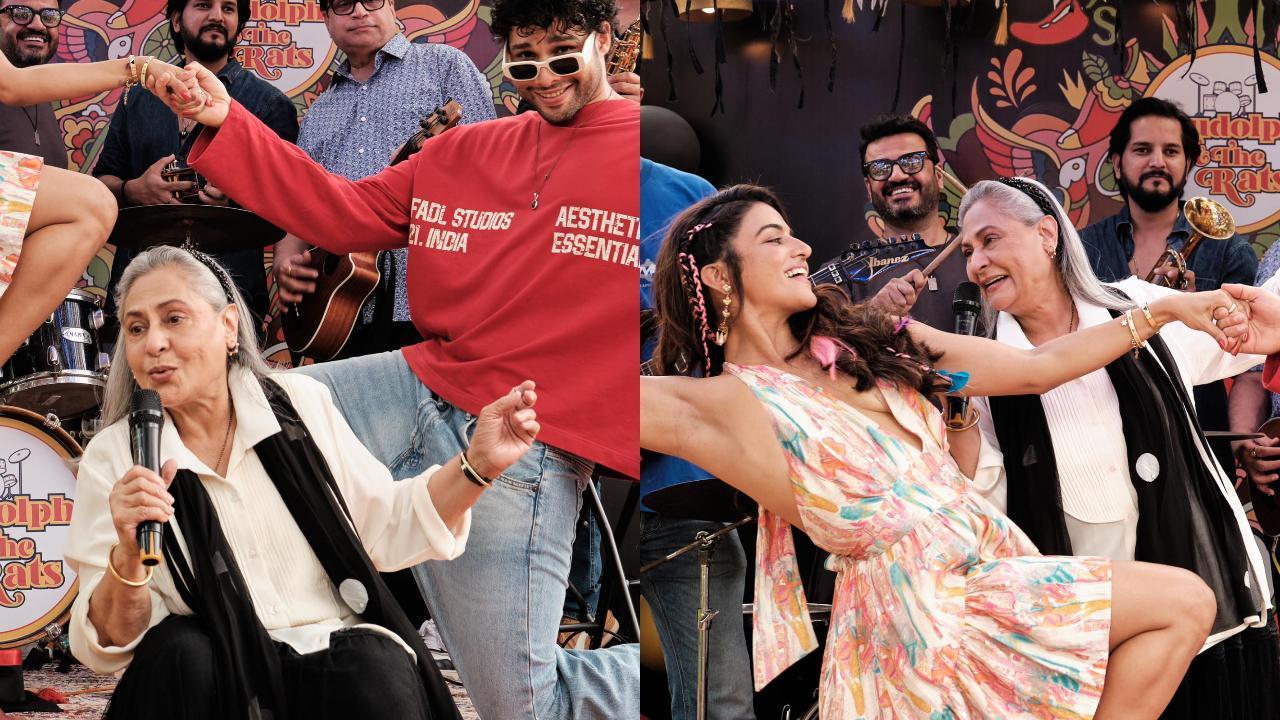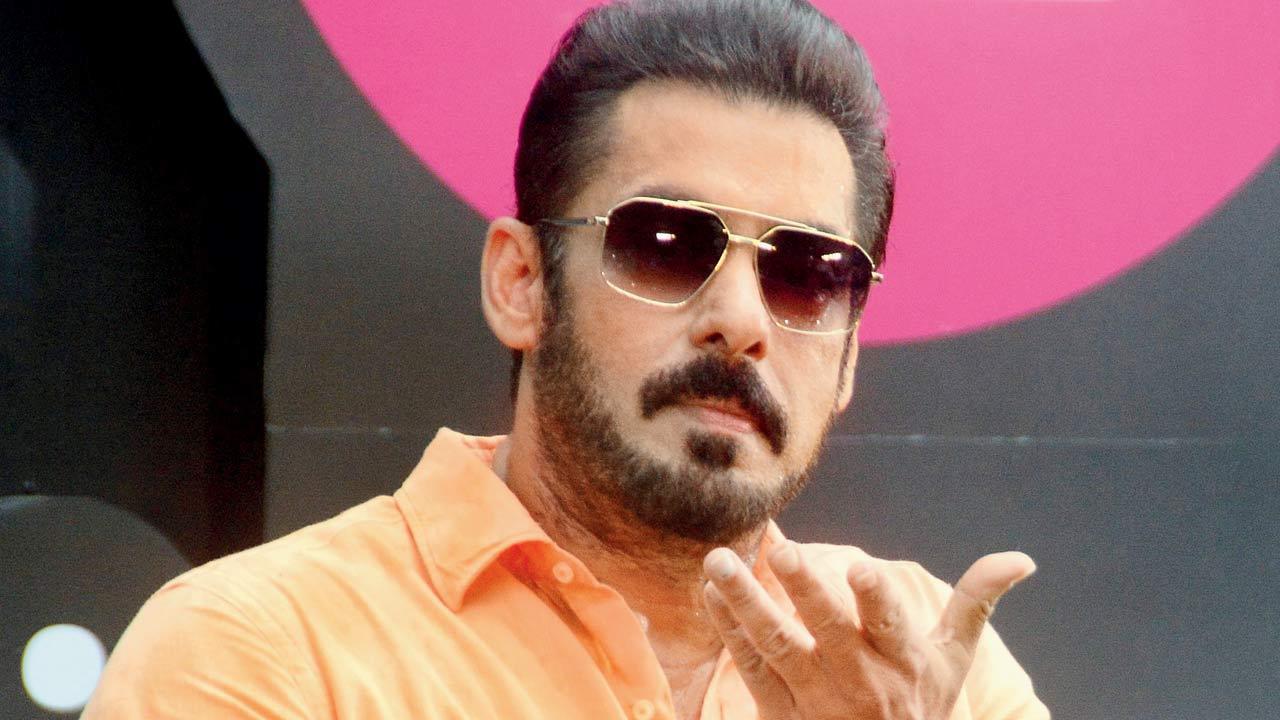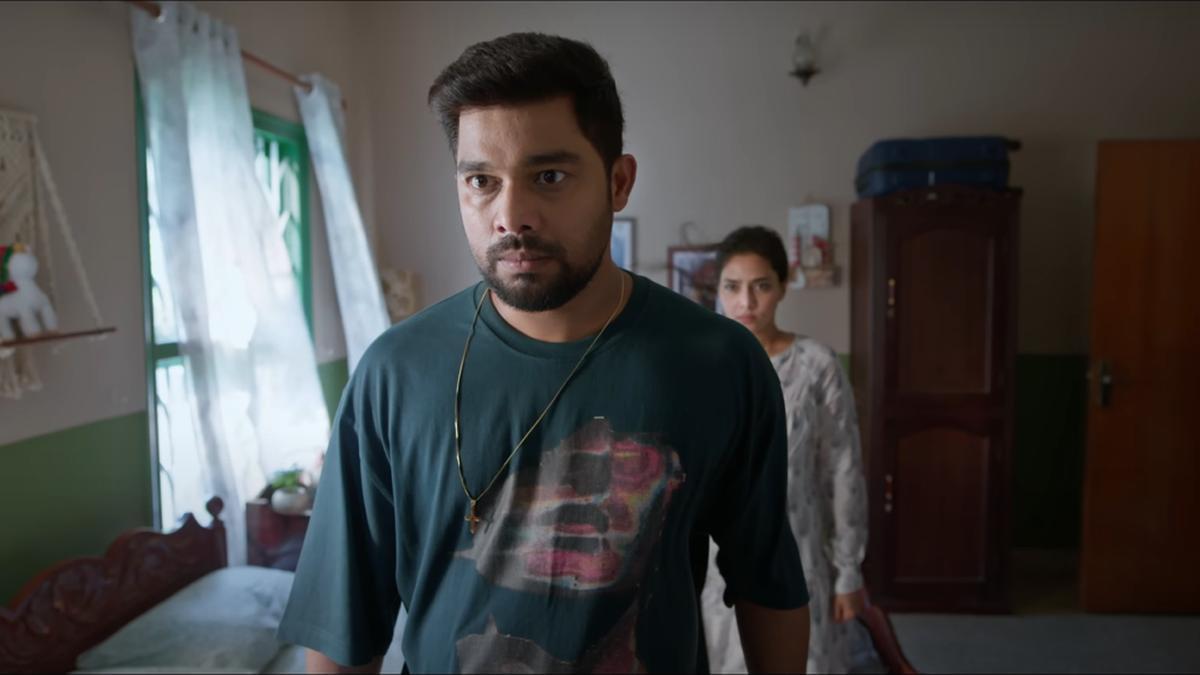
In one of Thangalaan’s more memorable stretches, the titular hero, initially seen in nothing but a loincloth, arrives on horseback with a gun, donning a shirt, trousers, and even suspenders. This dramatic entrance aims to pay off a debt to a relentless landlord and rescue his family from the clutches of slavery. This scene arguably stands as the film’s best and serves as a probable nod to Quentin Tarantino’s Django Unchained. Pa. Ranjith remarkably compresses the film’s essence into this single sequence. Thangalaan is replete with such momentous segments, propelled by Ranjith’s unapologetically relevant politics and outstanding performances. However, whether these elements coalesce into a cohesive narrative is debatable; the shine fades intermittently.
What sets filmmakers like Ranjith apart, especially from those using the same medium to push opposing politics, is his mastery over the craft and his use of tropes and metaphors to amplify his concerns about societal issues. Be it the wall in Madras, identity in Kabali, land in Kaala, pride in Sarpatta Parambarai, a piece of a field in Dhammam (Victim), or a topic of conversation in Natchathiram Nagargiradhu, Ranjith takes his battle against oppression head-on in Thangalaan.
Set in the Veppur village of North Arcot around 1850 CE, the story revolves around a clan of tribals, unable to withstand a rich landlord’s greed. They hurriedly send Thangalaan (Vikram) and a few other men with a British general, Clement (Daniel Caltagirone), on a quest to find gold. Their forefathers had panned for gold during the reign of kings, and despite the danger posed by Aarathi the sorceress (Malavika Mohanan), who is ready to draw blood to secure the land’s treasures, the men move forward, hoping for a brighter future. However, there’s more to the journey than meets the eye, and it’s up to Thangalaan to save his people and live up to the name — the son of gold.
On paper, Thangalaan could have come off as a touching story of a man and his people standing up for themselves against all odds. But at its core, it is a narrative about the search for one’s true identity. The clan finds their answer only in the film’s final frame, while Ranjith and his co-writers pepper the film with fascinating characters seeking their own identities.
Thangalaan, troubled by his dreams, seeks a better life for his family. His wife, Gangamma (Parvathy Thiruvothu), serves as the family’s backbone. Pasupathy, a self-anointed Brahmin, hopes that a piece of thread and “dietary restrictions” will grant him a ticket to Vaikuntam. Meanwhile, British general Clement’s life depends on what he will find in the Indian soil. Their search for identities concludes only when their quest for gold ends, a feat easier said than done.
The film’s strongest support pillar is undoubtedly Vikram and his skilled colleagues.
. Vikram delivers his best, portraying a leader grappling with inner turmoil yet maintaining a calm demeanor. His adept mannerisms and expressions excel in the role. Parvathy and Daniel, despite limited screen time, excel in their respective roles. A standout performance comes from Malavika as Aarathi, arguably her best work in Tamil cinema. Shedding every inch of vanity, the lead and ensemble cast give their all to this ambitious project.
Behind the camera, Ranjith impressively distinguishes himself, though this serves as both a compliment and a criticism. Another brilliant scene — one that only a filmmaker like Ranjith could muster — features village women finally receiving their own blouses. This sequence continues the politics of clothing expressed in Puyal in Kaala and the titular character in Kabali, making for an endearing scene magnified by strong performances.
On the downside, aside from GV Prakash’s score, the film, deserving of a strong technical crew, falls victim to what appears to be budget constraints. The VFX feels lackluster, and the biggest culprit is the use of sync sound. This not only makes vocals hard to understand but also diminishes the immersive experience necessary for a film of this genre and ambition. The writing lacks depth, offering little space for viewers to form an emotional connection. The hero’s and his clan’s struggles don’t land with sufficient impact to make us root for them.
Furthermore, Thangalaan unavoidably evokes memories of several superior films. Elements like a village caged for work recall Paradesi, and the magical realism brings back the once-criticized but now cult classic Aayirathil Oruvan. The overarching theme of oppressed people finding refuge in the British rather than local landlords or regional rulers feels overdone, especially after Captain Miller’s similar depiction earlier this year.
Thangalaan, like Ranjith’s previous works, has much to offer viewers who can decipher and interpret the various references and ideologies presented. In his most ambitious project to date, the elements characteristic of Ranjith’s films are present: symbolism, statues, animals, the theme of common folk rising against oppressors, spectacular visuals, and exceptional performances. However, for those seeking an engaging story headlined by Vikram, fresh from the success of Ponniyin Selvan, Thangalaan ultimately disappoints.
Like the Japanese art of Kintsugi, where broken pottery is mended with gold, Vikram and Ranjith nearly piece together this fractured narrative that promises gold but has too many flaws in its golden armor to save itself.
Thangalaan is currently running in theatres.










